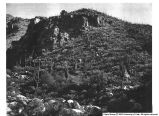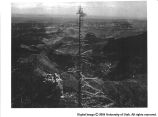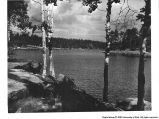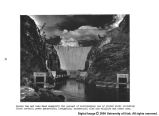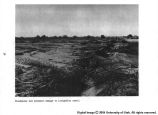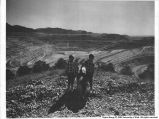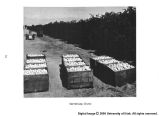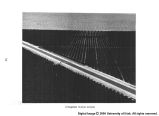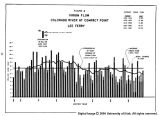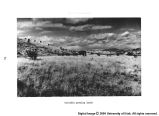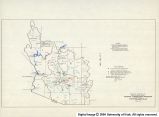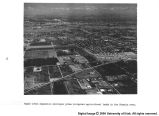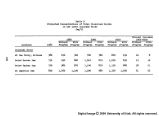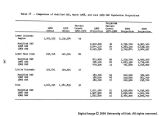| OCR Text |
Show productivity of the land. The program provides for treatment of 153,000 acres of cropland between 1966 and 1980 at a total cost of $3.5 million. Rangeland-Measures considered in developing an effective land treat- ment and management program on rangeland consist of (l) small structural measures such as grade stabilization structures, diversions, and terraces; (2) vegetative measures such as grass, tree, and shrub plants; and (3) intensive management. The orderly and efficient use of water, land, and other resources is necessary for successful multiple-use production while protecting and improving environmental values. The program was designed to reduce sediment yield, reduce wildfire damage, improve water quality and/or quantity, and increase the productive ability of the land. Included in the program is treatment of 15.3 million acres of rangeland at a to-tal cost of $80.9 million between 1966 and 198O. Foxest Land-Programs for development and management of forest land and resources are designed to utilize and maintain or improve the total productive capacity of the land and water, including wood, forage, recrea- tion, wildlife, and water to meet the regional and national needs of the people. These progams include thinning, reforestation, insect and disease control, for increasing wood production; conversion of woodland and chaparral, for increasing forage; management of vegetation, resources, and activities, for the enhancement of the recreation resources including esthetic and environmental values; management of vegetation for improved water quality; and vegetative management for increasing water yield. About 3.6 million acres of forest land in the Region are included for treatment, at an estimated cost of $115.8 million, between 1966 and 1980. Urban and Other-Measures such as diversions, levees and dikes, channel improvement, floodways, and establishment of vegetation were considered for erosion, sediment, and runoff control in urban and mined areas, and along roadsides, utility rights-of-way, etc. A total of 182,000 acres of urban and other lands would receive treatment between 1966 and. 1980 at a total cost of $5.5 million. Flood Control The flood damage reduction program includes measures for the control of water* and the controlled use of the flood plain. Structural measures used to control the flow of water include reservoirs and retarding struc- tures, levees, and channel improvements. Nonstructural measures include flood forecasting, evacuation, and flood plain regulation involving zoning ordinances, building codes, open space requirement, development policies, subdivision regulations, tax adjustments, and warning signs. |


























